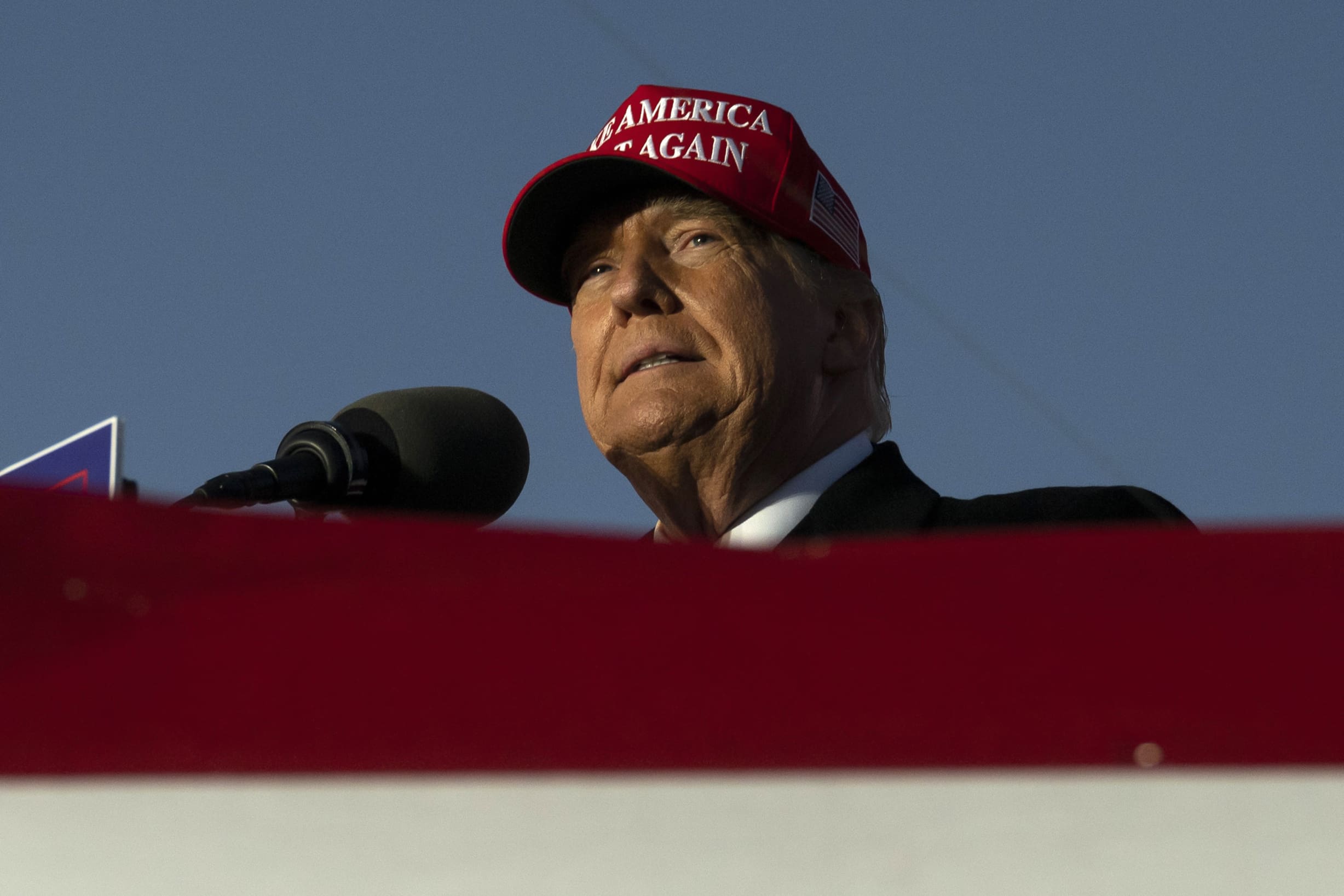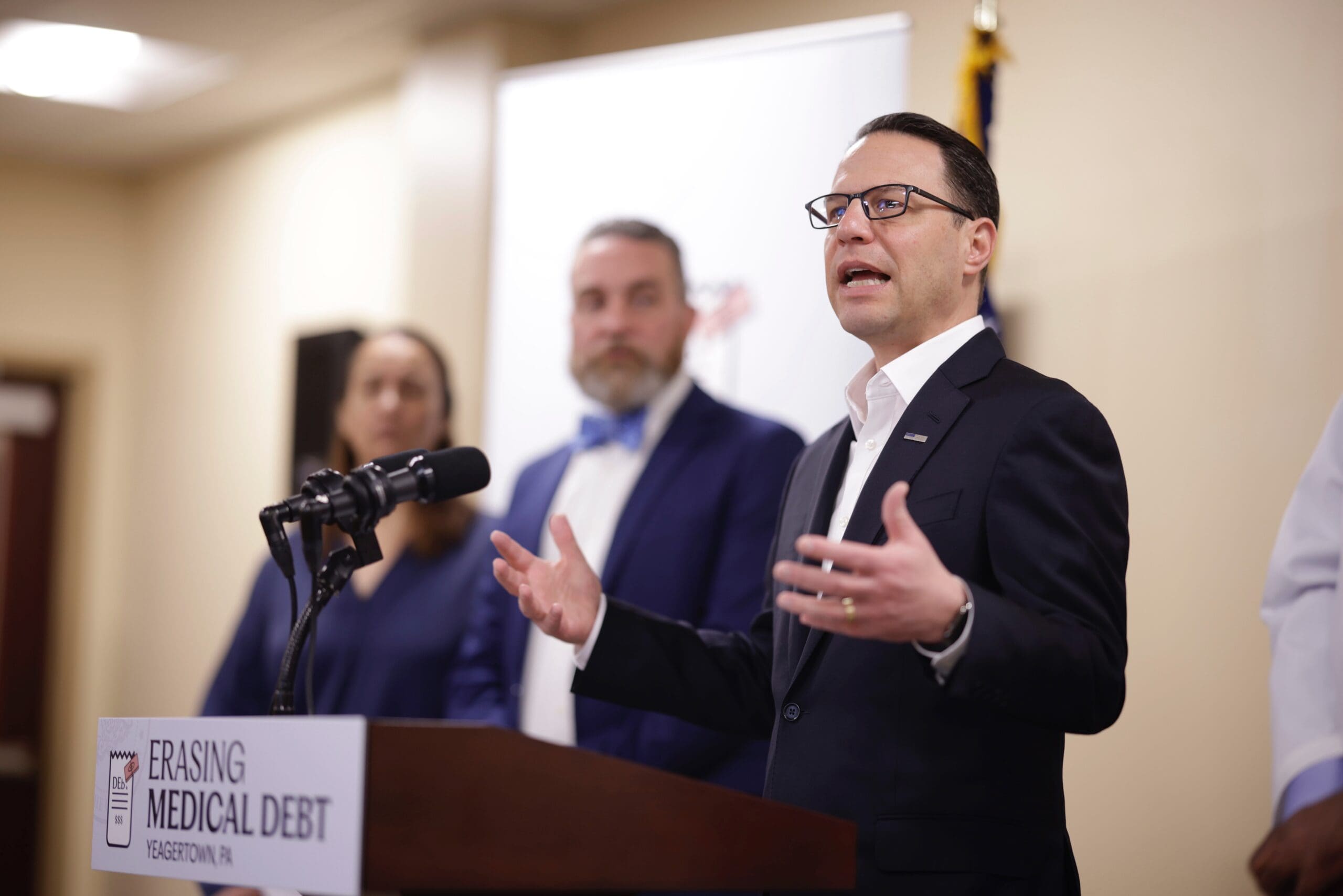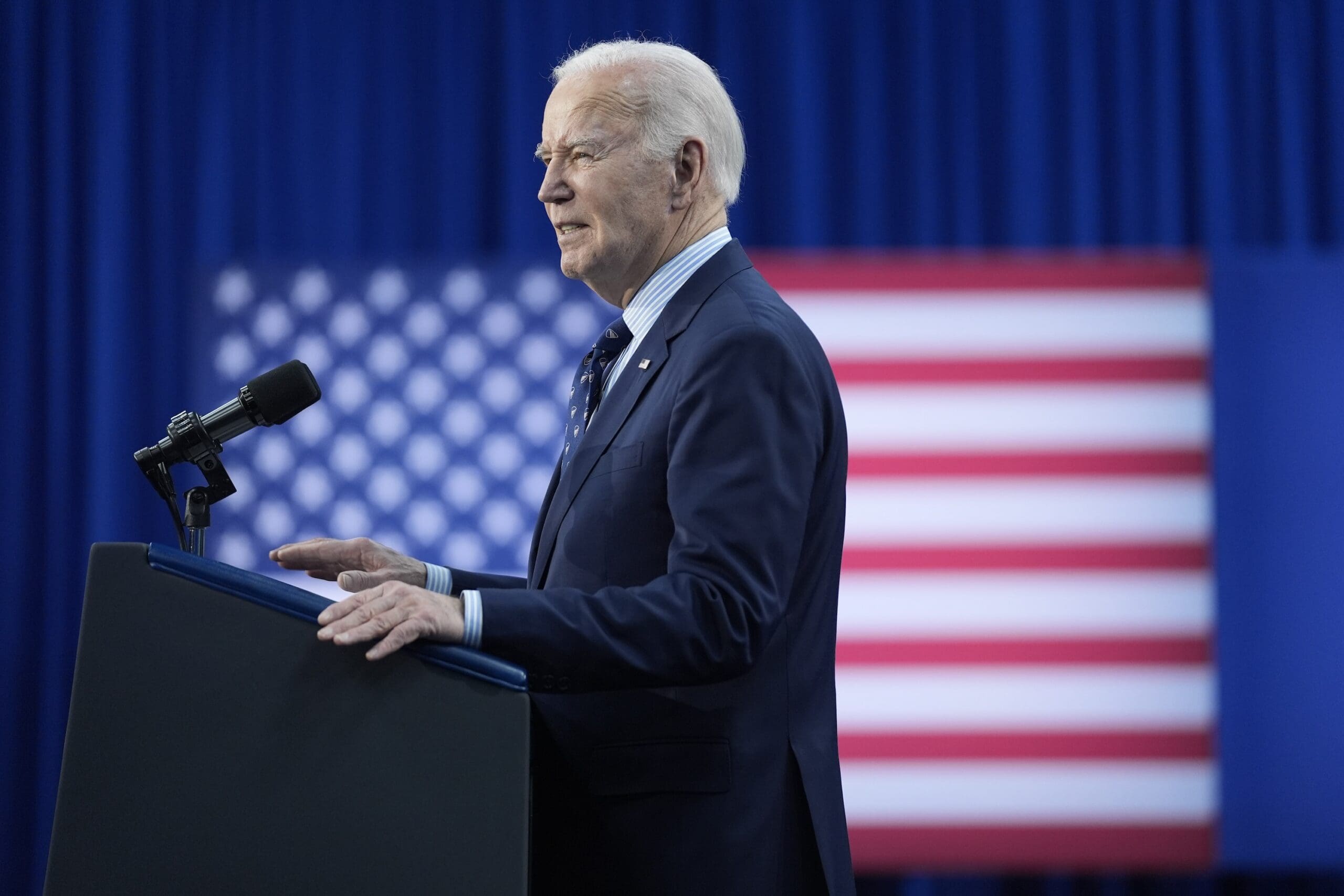Opinion: President Biden is working to make sure I never have to ration my insulin again

Yamelisa Jimenez Taveras is the founder and director of the Unidos Foundation and serves as the CEO of Counseling Solutions of the Lehigh Valley. She lives in Allentown with her family.
I was just 18 when I had to ration my insulin for the first time. I’d recently moved away from home to attend college, and my Medicaid insurance plan suddenly refused to cover me. Unable to afford the exorbitant sticker price for my insulin, I did my best to make one vial last as long as four. I added extra hours in between doses and scrutinized every single calorie I consumed, avoiding caffeine, fruit, and the Hispanic seasonings I grew up with — anything that could cause a spike in my blood sugar.
I was simultaneously exhausted and terrified of what might happen to me. A few years earlier, after my doctors failed to detect my body’s growing insulin resistance, I’d been rushed to the hospital with diabetic ketoacidosis. Ketoacidosis is a life-threatening condition that occurs when your body doesn’t have enough insulin and acid begins to build up in your blood.
As I rationed my insulin for several months at the beginning of my college career, I couldn’t stop thinking about the toll that ketoacidosis had taken on my body in high school. I worried that rationing might send me into ketoacidosis again — and maybe this time I wouldn’t wake up.
Tragically, these worries are very common among diabetics like me. The world has had the formula for insulin for over 100 years, and it costs manufacturers less than $5 on average to produce a vial of insulin today. Yet for my entire life, I’ve had to worry about going to the pharmacy and facing a bill of hundreds of dollars for a single vial. The price-gouging on life-saving medications like insulin is corporate greed.
Activists have been pushing for federal action on insulin prices for decades, without much tangible support from elected officials. Over the past year, however, this dire situation has finally begun to improve. Joe Biden is the first president in my lifetime to prioritize this issue and, more importantly, to take concrete action by capping the cost of insulin at $35 a month for individuals on Medicare. The Biden administration sought to extend this cap to all individuals on private insurance last summer, but most Republicans in the Senate voted to strip this provision from the Inflation Reduction Act (and all Senate Republicans ended up voting against the final bill, including the cap for Medicare recipients).
President Biden has continued to advocate for a $35 price cap for all, including during his State of the Union address earlier this year. Within six weeks of his speech, the top three insulin manufacturers in the United States (who together control 90% of the United States’ insulin market) announced that they would commit to capping monthly out-of-pocket insulin costs at $35 for all individuals on private insurance.
For the more than 8 million individuals in this country who rely on insulin for survival, the impact of this $35 monthly cap — which will fully go into effect for most diabetics at the beginning of 2024 — will be felt on a daily basis. It means that many of the 1.3 million people who rationed their insulin in the U.S. last year will no longer have to risk their lives. It means individuals living in the United States will no longer have to choose between buying their insulin and putting food on the table or paying for child care. It means diabetics can stop worrying about whether they can afford tomorrow’s prescription and may actually be able to start putting aside money for the future.
Make no mistake — the fight is not over. Individuals with diabetes in the U.S. still face a variety of challenges and cost concerns. People without health insurance continue to ration their vials. Diabetics still have to worry about affording the expensive equipment used to manage our condition — test strips, insulin pumps, continuous glucose monitors. Many diabetics will not be truly financially secure as long as the price caps on insulin are self-imposed by drug manufacturers rather than legally required.
With all that said, it’s important to celebrate our victories, and the past year under the Biden administration has been the best year for insulin-dependent diabetics in my lifetime. For me, the monthly cap will mean being able to afford insulin if my insurance refuses to cover my medication, replacing a vial if one accidentally breaks, and having the supply I need if I take a long trip. The monthly cap means I will not have to ration again and potentially lose my life due to my diabetes.
Over the years, I’ve lost friends who passed away because they couldn’t afford their insulin. I continue to advocate in their memory and for the sake of my children. No child should have to worry about losing a parent to rationing, and no parent should have to worry about losing their child. That shouldn’t happen anywhere in the world, let alone in a country as prosperous as the United States. The progress we’ve made this year is going to save a lot of lives, but we can’t stop advocating until the death toll from insulin rationing is zero.




